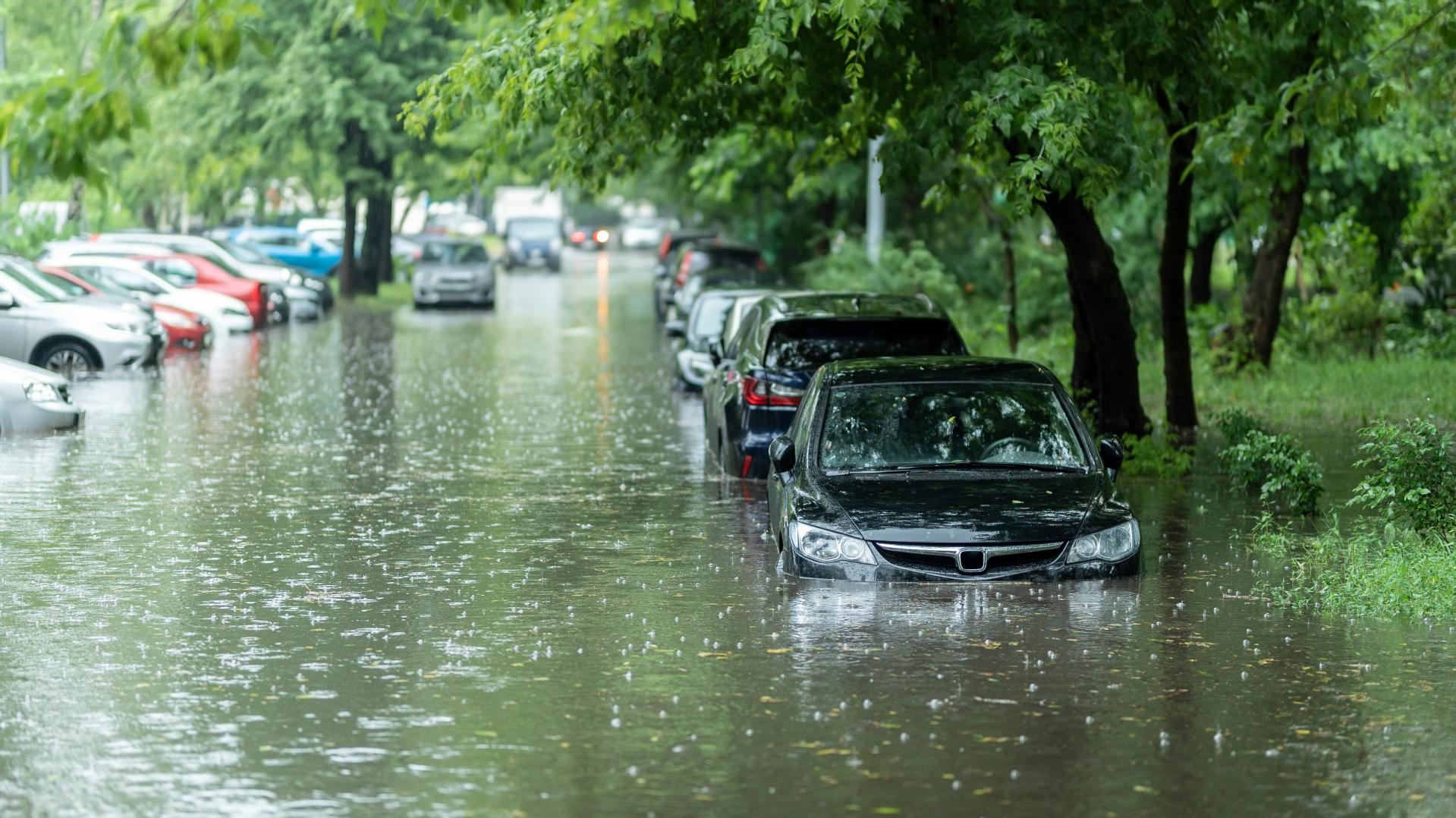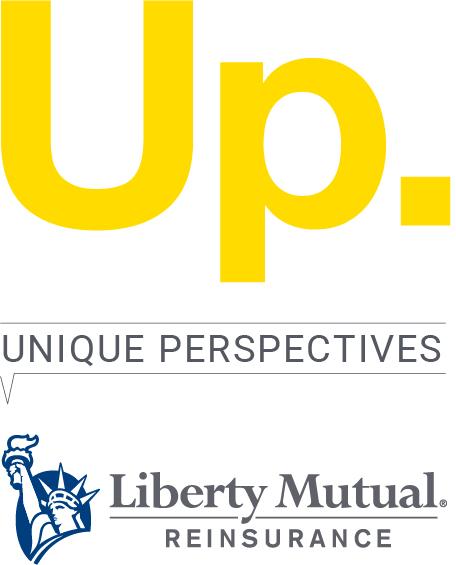As natural catastrophes challenge the market with greater frequency and severity, Miguel Martinez-Alvarez assesses the implications for (re)insurance carriers and the impact on their clients.
2021 were portrayed as a disaster movie, then many people’s money would be on a re-make of 2011’s Contagion, in which mass infection with a novel virus, thought to derive from bats and spread via respiratory droplets, reaches pandemic proportions. Sound familiar? The movie did enjoy something of a renaissance in both 2020 and 2021, as repeated COVID-19 related lockdowns drove people to seek a strange kind of solace from the most unlikely of sources.
But 2021 was also a standout year for other reasons, particularly natural catastrophe events. A re-run of 2009’s apocalyptic sci-fi movie 2012, in which global flooding is triggered by a series of quakes, volcanic eruptions and tsunamis, might therefore be more apt.
In truth, the disaster movie hasn’t been made which encompasses all the excesses of last year’s natural catastrophes.
As recent reports have indicated, economic losses from weather and climate-related catastrophe events have increased, and while the percentage of losses covered by the insurance sector has also increased, the proportion of these cat risks that are not insured is still enormous.
Of the estimated $343bn of weather and climate-related economic losses reported in 2021 (up from $329bn in 2020), only 38% ($130bn) was covered by insurance.
The risk gap
With the cost of natural catastrophes on the increase, pressure on catastrophe modellers is mounting – particularly with the growing focus on secondary perils. An increase in incidents of coastal and inland flooding and wildfires has been compounded by a growth in property development in areas prone to these perils.
In addition to the growing correlation between climate change issues and the increase in extreme weather-related catastrophe events, what the figures above highlight is the disparity in the risk gaps for extensively-modelled perils such as windstorm, and scantily or unmodelled secondary perils such as flooding and wildfires. Nearly half the losses from Hurricane Ida were insured, while for the European flood the figure was less than a third, and global wildfire losses less than two-fifths.
(Re)insurers have already taken steps to address their own exposures to these risks by either increasing pricing or introducing exclusions for specific risks, geographies or occupancies. But in addition to growing challenges to their profitability, primary carriers are also losing the trust of their customers.
A recent survey of US property claims found that overall satisfaction scores for property insurers has dropped to a five-year low, as carriers struggled to accommodate the demands of digitisation while weathering record catastrophe losses, supply chain disruptions and workforce shortages. The survey found that, on average, it took 17.8 days for homeowner claimants to have their repairs completed, up from 2.9 days in the previous year.
Modelling, data and analytics
Carriers are under pressure at both ends of the insurance value chain. In the past few years most insurers have exceeded their budget for natural catastrophe events, while their reputations have suffered from an industry-wide need for more efficient processing of claims.
In the first instance, this requires a revision of the models used to assess risks, but while models can be used for base assumptions, there is a growing need to use other tools combined with underwriters’ experience of assessing risk – new technologies for better capture and processing of the vast amount of risk data gathered by both carriers and brokers, and analytics to turn model outputs into exposure maps and pricing matrices.
Better use of portfolio-level data can not only inform more accurate modelling and risk pricing but can ultimately drive better claims outcomes. And better claims data can be fed back to building more accurate exposure maps which can inform future modelling, creating a virtuous circle of risk analysis.
While there are lots of effective models in existence, most have their limitations. Current models use data compiled over 100 years, but the growing impact of climate change and the increased severity and frequency of natural catastrophes is rendering that data less reliable, with some in the industry arguing that for perils such as flood, there need to be more 1-in-500 year models.
How climate change is captured in these models is an area of debate, and one which reinsurers are studying closely. Although climate change products and roadmaps are being created, the rapid evolution of this landscape means that more needs to be done – particularly in addressing secondary perils as they grow in both frequency and severity.
Collaboration and the role of parametric cover
Mitigating the risks of increased natural catastrophe activity means greater collaboration between our industry, governments and public institutions to maximise our understanding of changing weather patterns and their impact.
One of the initiatives to come out of last year’s COP26 climate conference was the Global Resilience Index Initiative (GRI-I), an open-source reference index that will provide data on climate and natural hazard risks.
The initiative will draw on the risk modelling capabilities and experience of the (re)insurance industry to assist in producing risk analytics that will put a financial value on under- or unmodelled perils in order to assist with building resilience against climate and weatherrelated risks.
In a market where excess capacity is pursuing diminishing returns, the scale of uninsured catastrophic losses also presents an opportunity for re/insurers to satisfy regulators, governments and consumers that alternative risk-transfer mechanisms can be an effective and appropriate solution. One of the tools can make a significant contribution to reducing the risk gap is parametric insurance. Weather is one of the simplest parametric triggers to structure, as a wide array of data is readily available
from independent third parties and accuracy is improving all the time - particularly with the introduction of constellations of high-resolution imaging satellites and the growing proliferation of weather stations. Together these offer an increasingly granular map of exposures across a range of perils, often with round-the-clock, continual
monitoring of exposures.
An additional appeal to insureds of parametric solutions is the modelling service that accompanies the insurance protection, which means the distributor maintains contact with their clients all through the year and is in a constant learning and feedback loop.
Big data, advancing analytical techniques, and improved modelling capability all underpin the development of the parametric insurance market, which Liberty Mutual Re has been actively participating in since 2010. The appetite for parametric insurance is building and, in emerging markets, Liberty’s focus is on developing parametric cover to bridge gaps in cover.
Whatever disaster movie is brought to mind by the natural catastrophe events of 2022 it is unlikely to feature an underwriter as a hero. Nonetheless, the (re)insurance industry will continue working closely with scientists and governments to make sure that insureds are not just unnamed extras in an apocalyptic drama, but the paying
audience whose appetite for coverage the industry must satisfy.



